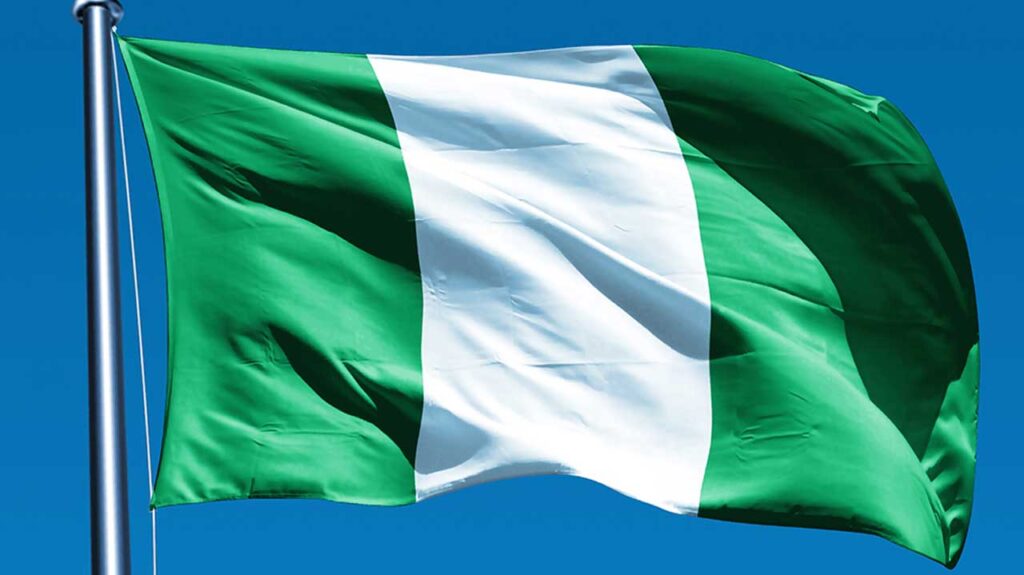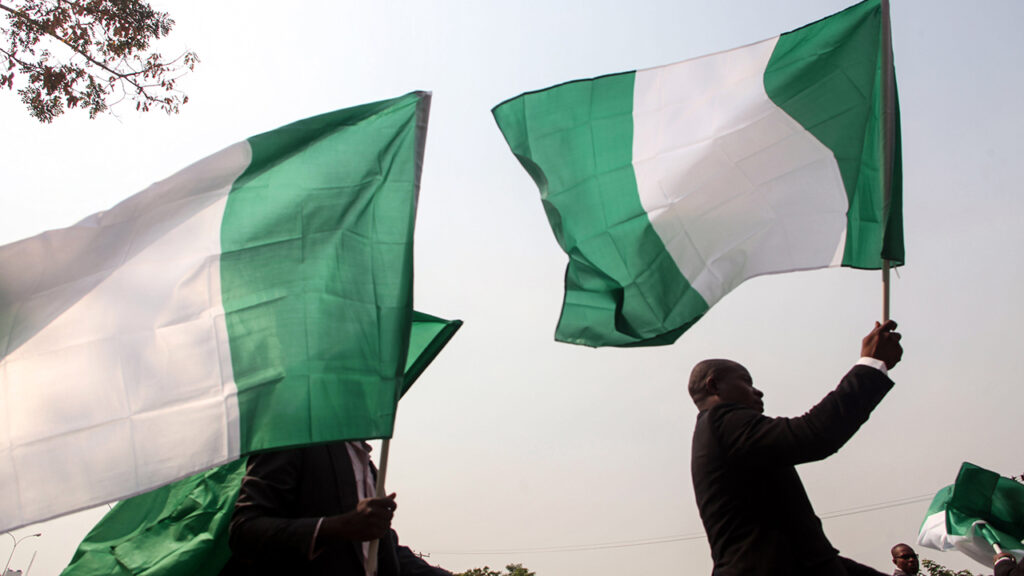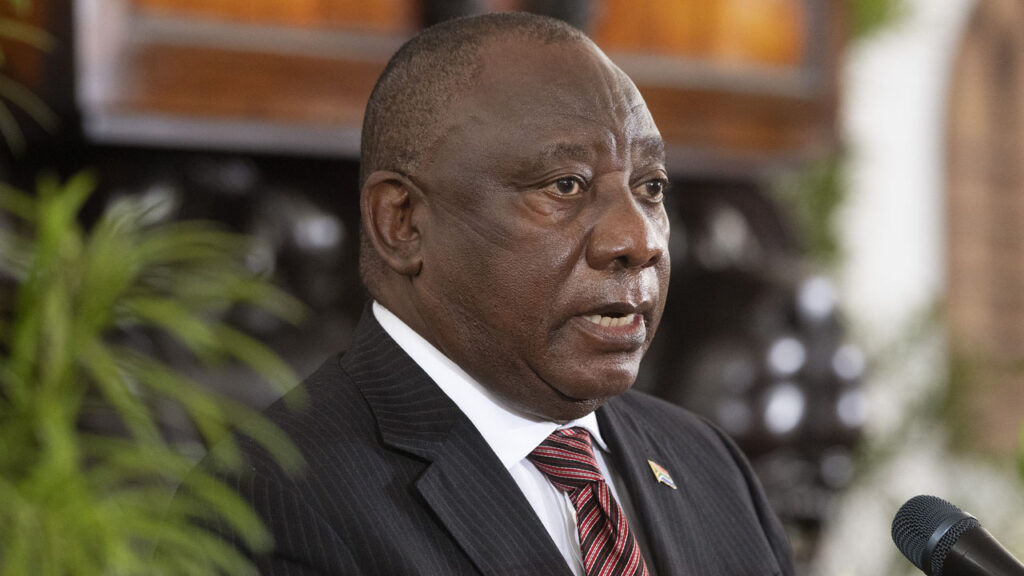
Implications of Nigeria’s debt burden are much more severe than official justifications would aim to palm off from notoriety. Indeed, the debt to Gross Domestic Product (GDP) ratio paints a less gloomy picture and often the most convenient rationale. But an administration that continues to binge on borrowings year-on-year for skewed development of the country, and keeps pushing debt servicing ratio to rival revenue projection, offers an unsustainable model and a disservice to the future of all.
The recently released statement of the International Monetary Fund (IMF) on the conclusion of its 2021 Article IV Consultation with Nigeria about the state of Nigeria’s debt burden is unsettling. The statement indicated that the debt servicing-to-revenue ratio for Nigeria may reach 92 per cent in 2022. Earlier, Agusto & Co, a prominent Pan-African Credit Rating Agency had put the figure at 90 per cent. These are indications of bad times ahead in the management of the Nigerian economy. Earlier, in 2021, the President of the African Development Bank (AfDB), Dr. Akinwumi Adesina, at an Annual National Tax Dialogue held virtually, had identified debt servicing as Nigeria’s greatest risk.
These largely pessimistic postulations indicate that the future does not portend much for the Nigerian economy as a result of the growing public debt burden. While the Buhari administration has seemingly remained adamant in its craze for borrowings, the implications are becoming quite clear even to the ardent supporters of the administration. By the IMF estimate, it simply implies that for every N100 projected as revenue in 2022, a whopping N92 will be set aside to settle interest payments on already incurred debt, leaving a paltry N8 to run the bureaucracy of government for the entire year. This dire situation thus implies that more borrowing may have to result in order to maintain the current pattern of expenditure. And that is an awful situation for the country!
In addition to the IMF, other multilateral organisations such as the World Bank, the World Trade Organisation (WTO) and the African Development Bank have at various times raised the alarm on Nigeria’s precarious debt situation. This was re-echoed at the African Development Bank Group’s 2021 Annual Meetings where the Director-General of the WTO and ex-Minister of Finance, Dr. Ngozi Okonjo-Iweala, the President of AfDB, Dr. Akinwumi Adesina and the Governor of the Central Bank of Egypt (CBE), Tarek Amer, among other regional economic stakeholders, had expressed concern about rising national debts in Africa. These eminent economic experts had warned that most African countries face a high risk of falling into a debt trap, indicating that debt servicing has become a major albatross on many African economies. This is what this newspaper has been emphasising in the past few years, particularly since the inception of the Buhari administration in 2015.
It is not surprising that the Director-General of the Debt Management Office (DMO), Patience Oniha, in a public statement, faulted the IMF report, citing challenges such as the two recessions experienced in the past six years under the Buhari administration, the sharp drop in revenues, security challenges as well as infrastructural developments as justifications for the huge debt burden, while also stating that the debt to Gross Domestic Product (GDP) ratio of 35.51 per cent is within sustainable limits. More so, the new approach of developing infrastructure has been through Public Private Partnership arrangements.
But the DMO’s response falls short of expectation as it fails to address the core issue of the huge debt servicing-to-revenue ratio, which is the core challenge being raised by the IMF, Agusto and the AfDB President. The DMO ought to know that GDP does not pay debt; revenue does. The focus in the management of the country’s public debt should be more on the debt servicing-to-revenue ratio than on the debt to GDP ratio, which the DMO deploys as cover for its poor debt management strategy.
Asides the sustainability issue in relation to Nigeria’s burgeoning public debt, there is also the issue of equity. Most of the projects financed by the increased borrowings are domiciled in certain parts of the country – specifically the North. This does not promote national cohesion and buy-in from all the geopolitical zones of the country, particularly in the servicing of the debts. It can be recalled that the entire South-East and parts of the South-South region had expressed displeasure at their near-total exclusion from the benefits of the increased borrowings of the Federal Government. The recent procurement of $600 million World Bank’s International Development Association credit facility for addressing challenges in land degradation in the 19 Northern states and the Federal Capital Territory (FCT) is a clear case in point.
How much has been borrowed specifically to challenges of erosion, oil pollution and other problems largely prevalent in the South, under the Buhari administration, apart from meagre provisions under the Ecological Funds? It should be recalled that under this administration, debts have even been incurred to finance projects in Niger Republic while many parts of Nigeria are yet to feel any impact of the huge borrowings. This is sacrilegious and the Buhari administration has a lot of explanations to offer on why inequity has exacerbated under its watch.













